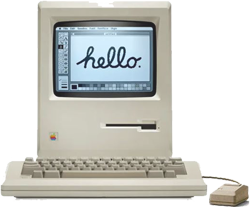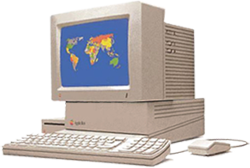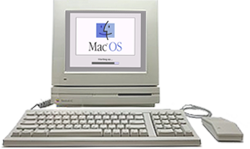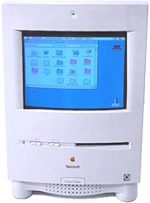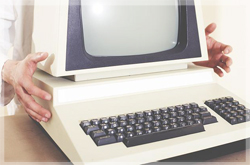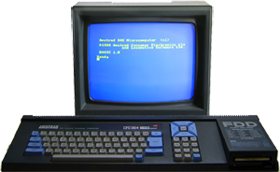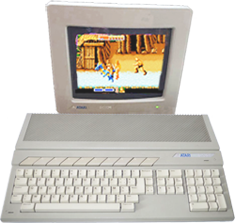The Power of Vintage
IBM PCs
"Setting the Standards for the IT Industry"

In August 1981, IBM introduced its first microcomputer -the IBM Personal Computer (IBM PC). This launch marked a turning point in computing history, establishing the foundation for the modern PC architecture. Featuring an open hardware design and running Microsoft’s PC-DOS, the IBM PC quickly became the benchmark for compatibility.
By 1984, IBM followed up with the significantly upgraded IBM AT, powered by Intel’s 80286 processor and featuring a new 16-bit AT bus, cementing IBM’s influence in the emerging personal computer market.
NeXT
"NeXT WorkStation.. The Savior of Macintosh"

Launched in 1988, the NeXT Computer was a groundbreaking workstation developed by NeXT Inc., the company founded by Steve Jobs after his departure from Apple. NeXT produced these machines until 1993, and in a twist of history, Apple acquired NeXT in 1996 for over $400 million, laying the foundation for macOS as we know it today.
-
The original NeXT Computer debuted in October 1988 with a price tag of $6,500 (equivalent to $15,900 today)
-
In 1990, the high-end NeXTcube followed, priced at $7,995 ($17,800 in 2023)
Amiga 500
"Alien Technology Near Your Neighbor"

Released in April 1987, the Amiga 500 is a legendary multimedia home computer manufactured by Commodore until 1992. The A500 offered the same CPU and chipset as the original Amiga 1000, but at a considerably lower price.
- Initially sold for $699 ($1,780 in today’s money)
- A500 was the most successful Amiga model ever sold (especially successful in Europe)
- The Amiga series of computers was used by artists all over the world
ZX Spectrum
"ZX Spectrum -The Affordable 8-Bit Revolution"
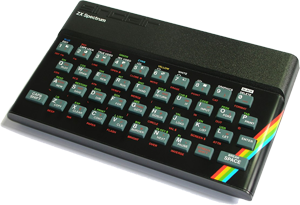
Launched in 1982 by Sinclair Research, the ZX Spectrum became the first truly affordable 8-bit home computer. Sir Clive Sinclair envisioned a computer in every home. To make this possible, early models were even offered as DIY kits. For example, the ZX80 Starter Kit was priced at just £79.95 (or £99.95 fully assembled), selling around 50,000 units.
- The real breakthrough came with the ZX81, which sold 500,000 units in its first year alone
- Later Spectrum models retained the same Zilog Z80 CPU, but added significant improvements in graphics, sound, and storage
Transputer
"Atari Transputer ATW-800.. Faster than Light"
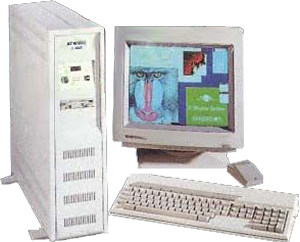
The Atari Transputer Workstation (ATW-800) was a bold and futuristic attempt by Atari to break into the workstation market of the late 1980s. Based on a parallel processing architecture developed by the British company Inmos, the ATW-800 could harness the power of up to 17 transputer CPUs, delivering computing capabilities far ahead of its time.
-
Only 350 units were ever produced, including 50 to 100 prototypes
-
Launch price: $8,000 (equivalent to $18,650 in 2023)
Page 8 of 12








